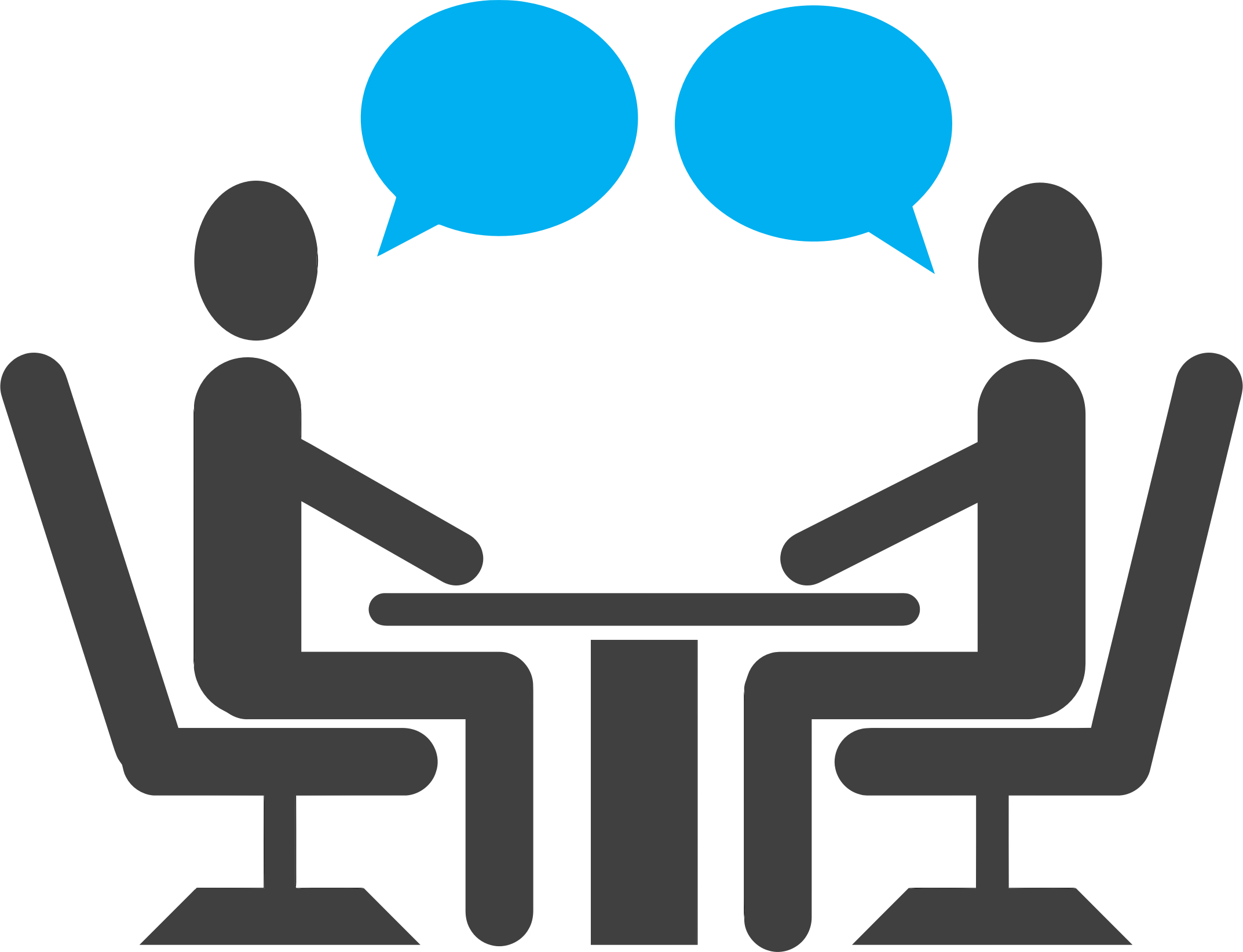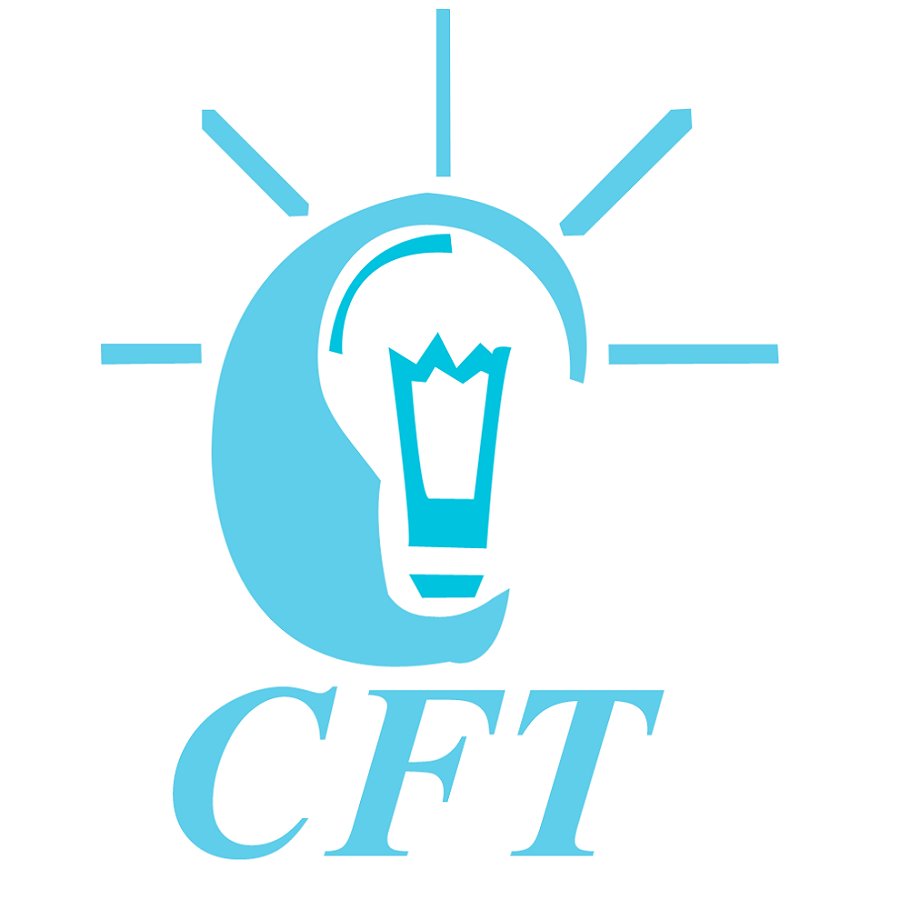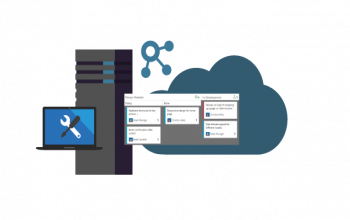1. What Is SDLC?
SDLC stands for Software Development Life Cycle. A Software Development Life Cycle is essentially a series of steps, or phases, that provide a model for the development and lifecycle management of an application or piece of software.
In other words, it is a conceptual model used in project management that describes the stages involved in an information system development project, from an initial feasibility study through maintenance of the completed application.
2. What Is Coding Phase?
The design specified in the design document is implemented into executable programming language code. The output of the coding phase is the source code for the software that acts as input to the testing and maintenance phase. This is the longest phase of the software development life cycle.
3. What Is The Difference Between Crs And Srs?
The CRS is a brief document prepared by the business analyst and might contains many contradicting data, duplicates, missing information.
The SRS is a base lined and final document that is well organized and clear in terms of understanding which is used as reference by the test engineers.
4. What Is Testing Phase?
In testing phase, the code developed is tested against the design document to make sure that the product is actually solving the needs addressed and gathered during the requirements phase. During this phase unit testing, integration testing, system testing, acceptance testing are done.
5. What Is The Purpose Of SDLC?
SDLC is required in order to have a systematic, planned approach to build a software application for the client.
6. What Is Maintenance Phase?
The Maintenance phase includes implementation of changes that software might undergo over a period of time, or implementation of new requirements after the software is deployed at the customer location. The maintenance phase also includes handling the residual errors that may exist in the software even after the testing phase.
7. What Are The Phases Of Sdlc?
Requirement gathering and analysis
Design
Implementation or coding
Testing
Deployment
Maintenance
8. What Is Design Phase?
The requirements specified in the SRS document is translated into a logical structure that can be implemented in a programming language. System Design helps in specifying hardware, system requirements and in defining overall system architecture. The output of the design phase is a design document that acts as an input for all the subsequent SDLC phases.
9. What Are The Models In Sdlc?
Waterfall model
V model
Incremental model
Rapid Application Development(RAD) model
Agile model
Iterative model
Spiral model
Big-bang Model
Prototype Model
Capability Maturity Model
10. What Is Deployment Phase?
The Deployment phase is nothing but the product is delivered / deployed to the customer for their use after the successful testing.
11. What Is Feasibility Study?
It is a measure to assess how practical and beneficial the software project development will be for an organization. The software analyzer conducts a thorough study to understand economic, technical and operational feasibility of the project.
12. What Is Requirement Gathering Phase?
The project requirements are analyzed in terms of input data and desired output, processing required to transform input into output, cost-benefit analysis, and schedule of the project. It also includes gathering, analyzing, validating, and specifying requirements.
13. What Is Meant By Waterfall Model?
The Waterfall model is a sequential design process, used in software development processes and it is the first process model introduced. It is also known as Classic Life Cycle Model (or) Linear Sequential Model.
14. What Is The Difference Between Fs Document And Srs Document?
FS document contains the constraints and limitations that are specified by the client and that must be implemented into the application. SRS document contains the requirements of the application.
FS document is prepared by the business analyst and the developer together. SRS document is prepared by the Business Analyst only.
15. What Is Srs?
SRS or Software Requirement Specification is a document produced at the time of requirement gathering process. It can be also seen as a process of refining requirements and documenting them.
SRS is a formal document that acts as a written agreement between the development team and the customer. SRS acts as input to the design phase and includes functional, performance, software, hardware, and network requirements of the project.
16. What Is Meant By Incremental Model?
The incremental model is an intuitive approach to the waterfall model. Multiple development cycles take place here, making the life cycle a “multi-waterfall” cycle. Cycles are divided up into smaller, more easily managed iterations. Each iteration passes through the requirements, design, implementation and testing phases.
17. What Is Meant By Agile Model?
In agile model, the product or solution is first divided into features which need to be developed. If there are new features identified in the midst of complete product release it again gets planned across sprints. Agile Sprint duration is decided based on feature to be developed. Every sprint goes through the phases of Requirement, Design, Development and Testing phase. The most important of the principles is customer satisfaction by giving rapid and continuous delivery of small and useful software.
18. What Is Meant By Big Bang Model?
The Big Bang model follows no specific process, and very little time is spent on planning. Even the customer is not sure about what exactly they want and the requirements are implemented on the fly without much analysis. This is typically used for small projects and not recommended for large or complex projects, as it’s a high-risk model; if the requirements are misunderstood in the beginning, you could get to the end and realize the project may have to be started all over again.
19. What Are The Advantages And Disadvantages Of Waterfall Model?
Advantages:
This model is simple and easy to understand and use.
It is easy to manage due to the rigidity of the model – each phase has specific deliverables and a review process.
In this model phases are processed and completed one at a time. Phases do not overlap.
Waterfall model works well for smaller projects where requirements are very well understood.
It allows for departmentalization and managerial control.
As its linear model, it’s easy to implement.
Disadvantages:
Software is delivered late in project, delays discovery of serious errors.
Difficult to integrate risk management.
Difficult and expensive to make changes to documents “swimming upstream”.
Significant administrative overhead, costly for small teams and projects.
If client want the requirement to be changed, it will not implemented in the current development process.
Poor model for long and ongoing projects.
20. What Are The Advantages And Disadvantages Of Rad Model?
Advantages:
Reduces the development time and reusability of components help to speed up development.
Easy to work if all functions are modularized.
Quick initial reviews occur.
Encourages customer feedback.
Integration from very beginning solves a lot of integration issues.
Disadvantages:
Only system that can be modularized can be built using RAD.
Requires highly skilled developers/designers.
High dependency on modeling skills.
Inapplicable to cheaper projects as cost of modeling and automated code generation is very high.


























